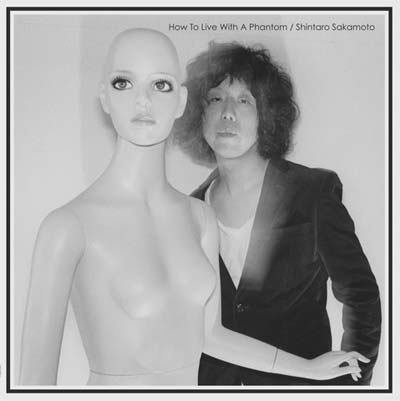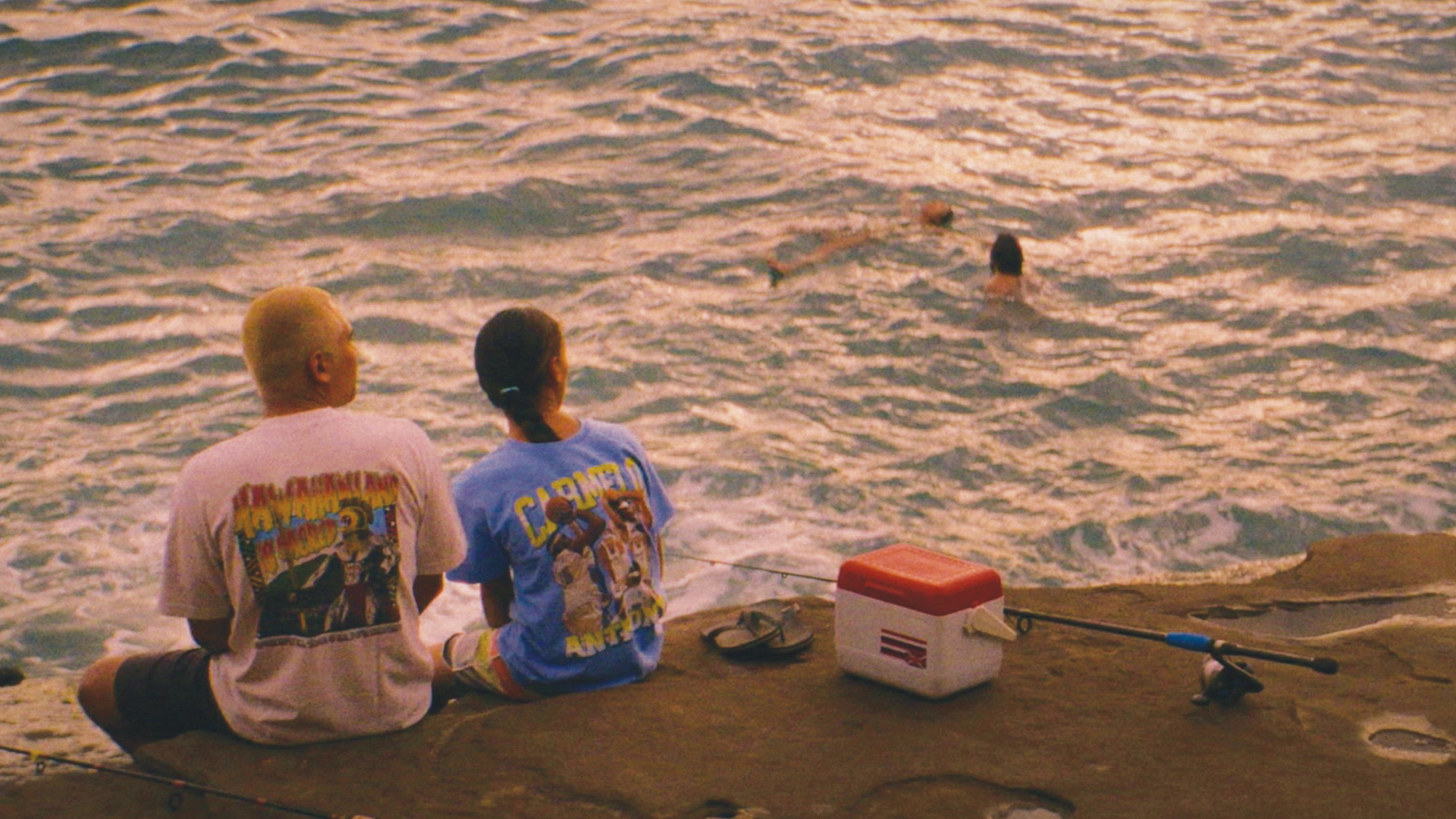
“The album is never truly inventive, but Sakamoto’s personal spin on his varied influences make for a refreshing and honest experience… it’s an experience that I might not ever fully understand, but it’s a record that I continue to find myself coming back to.”
See our brief throwback to Yura Yura Teikoku
For those familiar with Yura Yura, Shintaro’s solo effort might come across as staunchly direct and obvious, borrowing more from traditional pop song structures than the previously anthemic, sprawling rock of Sweet Spot. Sakamoto’s influences still seem absolutely entrenched in early American psychedelic, however, but more than ever he appears dedicated to recreating some of glam rock’s most impressive moments. Even the album’s cover art helps bring across this new obsession, with Sakamoto lingering behind a mannequin, covered in a dense haze and set against the art’s green and grey filters. It’s mysterious, but powerful and sexy, and putting himself on the cover helps further the message that Sakamoto is a reinvented man on his first solo output. “In A Phantom Mood,” the album’s lead track, begins with a quick barrage of bongos, immediately joined by Sakamoto’s vocals and a rhythmic guiro-guided beat. At points, the track becomes nearly grounded in roots music, taking from timeless instruments and ideas, but Sakamoto is able to make those otherwise obvious tropes and make them completely his own. Between the second and third verses of “You Just Decided,” there’s an amazing and surreal saxophone solo, a completely welcome surprise. And it is moments that that which are littered throughout the whole of How To Live Like A Phantom. The album is never truly inventive, but Sakamoto’s personal spin on his varied influences make for a refreshing and honest experience.
It’s a record that appears free of inhibitions, which I admire, considering we live in a world more conscious of itself than ever before. But for me, it can only appear that way. Being that it is written completely in Japanese, my knowledge of any word Sakamoto sings is nigh nothing. The pacing, rhythms and general atmosphere surrounding the music comes across as hopeful and at times enchanting and magical. Take “Dancing With Pain” for instance, a title that appears macabre, but the track’s neo-surf guitar and bopping drums would stand in disagreeance. So throughout the album, there is this continued disparity between the few words I can make out and the universe noise of the music. Is it my duty, on a professional or even personal level, to try and seek out the translation or meaning of each song? Or do I just enjoy it for what it is to me, a delightfully bright and free-spirited pop rock record? There can never be a subtitled version of How To Live With A Phantom, nor will there ever be a translated version, but that shouldn’t stop any listener from enjoying and fantasizing about Sakamoto’s brilliantly timeless sound. His angular guitar, the breathy female vocal backing — it’s an experience that I might not ever fully understand, but it’s a record that I continue to find myself coming back to. It’s honest because it can’t lie to me, and it’s fun because I mostly don’t know any better. I know that a guitar sounds great, and that obtuse, funky percussion instruments mesmerize me. And maybe that’s all that should matter. Sakamoto has taken on a whole new life outside of Yura Yura, and whether this record marks the end of an experimental phase and he returns to the group, or he continues to work on this new solo sound, How To Live With A Phantom will remain a tremendously necessary, and magical, album.
Ω






